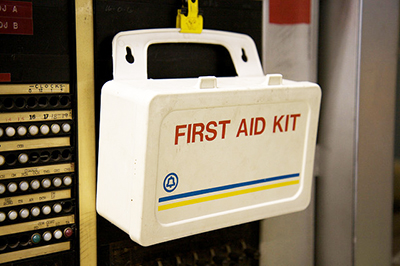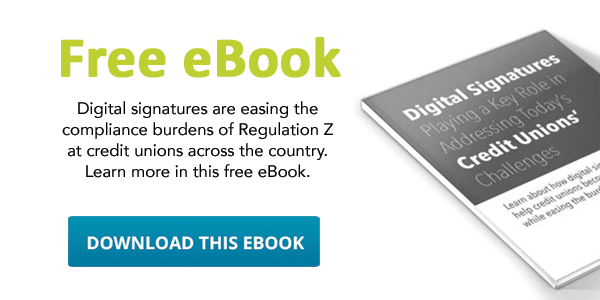A strong, vibrant board of directors is a clear indicator of a healthy organization. Yet, even the best organizations need a periodic check-up to ensure that they cannot just ‘survive’ but will really ‘thrive’ in today’s challenging environment. To check your board’s vital signs, or to put in place practices and strategies for a healthy and energized board, the best place to start is with a board self-assessment. But why?
Why You Need to Check Your Board's Vital Signs
 There is little argument that the strongest organizations almost always have the strongest boards. Strength is not always defined as having a “who’s who” board made-up of influential individuals. The reality is not so much who is on the board but how the board operates.
There is little argument that the strongest organizations almost always have the strongest boards. Strength is not always defined as having a “who’s who” board made-up of influential individuals. The reality is not so much who is on the board but how the board operates.
The best boards are always asking, “How can we do this even better?” If the board only looks at the staff and at programs, it is missing an essential element and the organizational component over which they have the most control. In the same way the board might ask management and staff to develop objectives and measurements for the credit union, they should also consider setting objectives for their own performance. Board self-assessment is a logical component and a great place to begin.
What Is a Board Self-Assessment?
Board self-assessment is just that, the board assessing itself. It is not a performance evaluation of the CEO, the organization, or even individual board members – it is an opportunity for the board to look at itself and ask, “How are we doing as a board as a whole?”
Any self-assessment survey will involve the board members being asked to review a list of core responsibilities and best practices then indicate how well they think the board is doing in achieving them. For example, the following areas of accountability are typically included:
- Understanding the credit union’s mission and vision,
- Financial oversight,
- Legal and ethical oversight,
- Providing guidance and support to the chief executive,
- Level of commitment and involvement,
- Knowledge of the credit union’s programs, products, and services,
- Evaluating the chief executive,
- Understanding board responsibilities,
- Monitoring the credit union’s performance,
- Strategic planning and thinking,
- Recruiting new board members,
- Community relations and outreach, and
- Increasing board diversity.
While the results are always revealing, the magic comes in the discussion and the process that follows. Board self-assessment needs to be regarded as a ‘process’ and not a one-time activity or simply the completion and tabulation of a survey. Consider the administration of the self-assessment tool as the starting point in a journey that the board embarks upon together – a journey towards the development of a “board governance agenda.”
Think of the board governance agenda as a “to do” list for the board. Just like any “to do” list, as soon as you cross off one item, you are likely to add one or two more items to the bottom. A board governance “to do” list, or agenda, is much the same. While there are some quick fixes, like, “Start putting the mission and vision statements on the top of each board agenda,” nurturing and strengthening a board is an ongoing process. Even boards operating at the highest levels are always fine-tuning their recruitment process, identifying new topics for board education, and reviewing meeting evaluations to learn what they can do better.
In short, the board assessment process can be a failure IF it results in a new “to do” list for the Chairman, the CEO, or is simply viewed as an interesting activity to fill time. Its value comes when the tool leads to a healthy and productive discussion about the board’s strengths and weaknesses and results in an agreed upon plan for building a stronger board and governance model.
Credit union board members deserve to have engaging and rewarding experiences. Credit unions deserve to have the leadership and support of a board that brings their best to every meeting and to the organization. The board self-assessment process is a great way to see whether your board and your organization are meeting these mutual goals. Remember, however, that providing your board with a board self-assessment ‘tool’ to fill out is just the starting point. This is a long ‘journey’ that should proceed at a steady pace. Ideally, every step along the way will result in a stronger board and a stronger organization.
By Karen Houston-Johnson, VP, Credit Union Resources, Inc.
%20formatted-1.png?width=2528&height=739&name=SIGNiX%20Logo%20Main%20(white)%20formatted-1.png)

